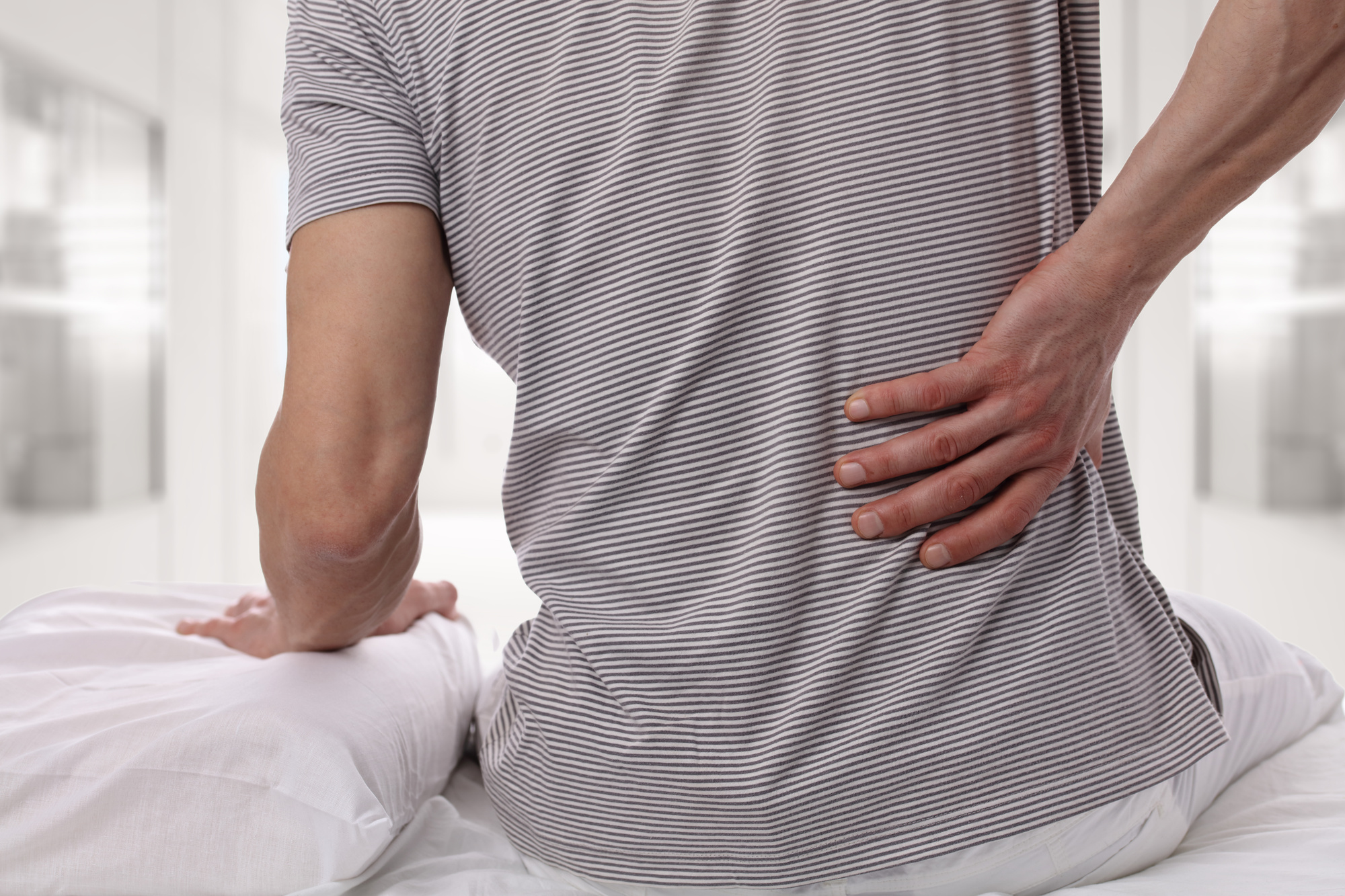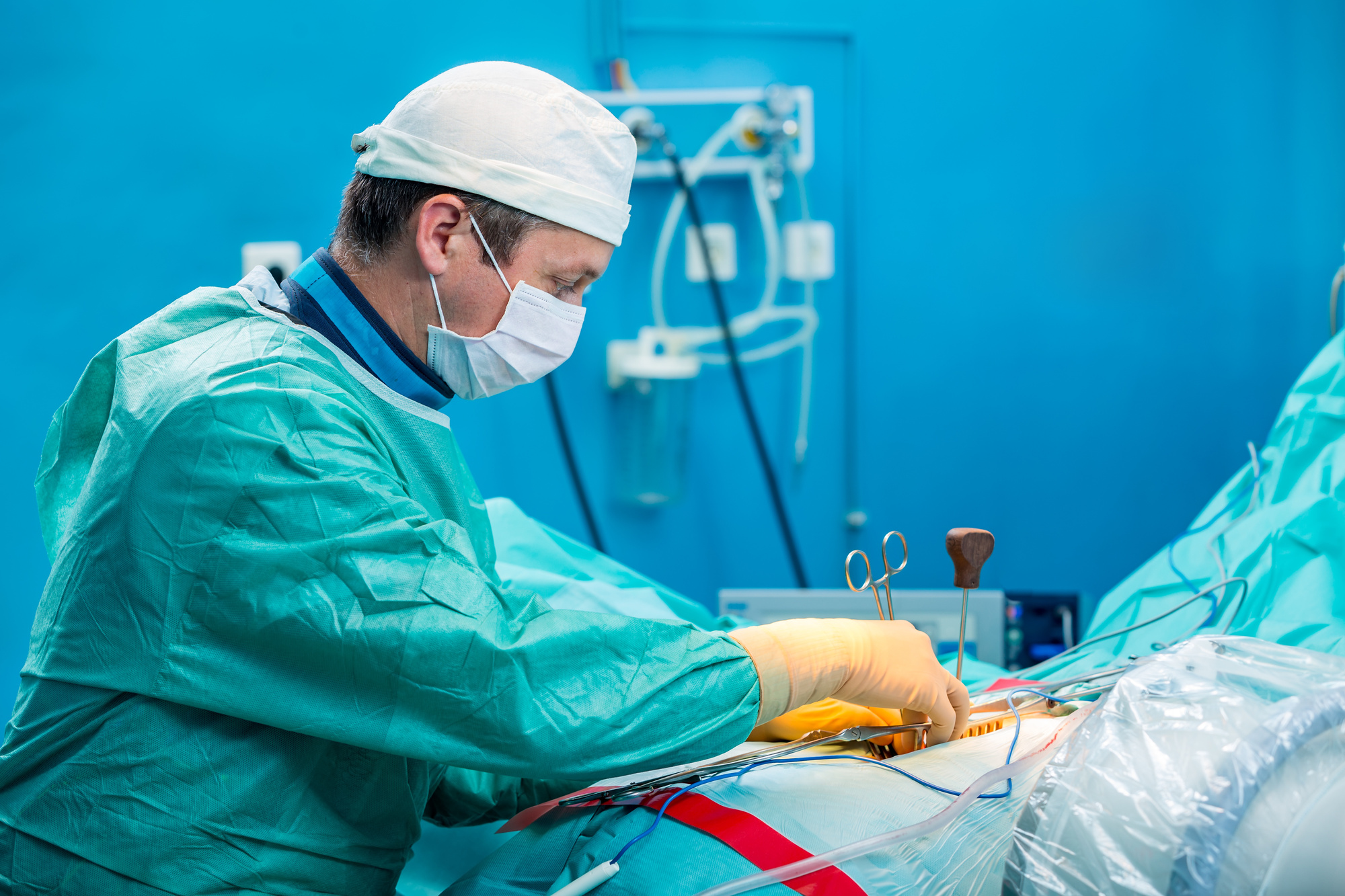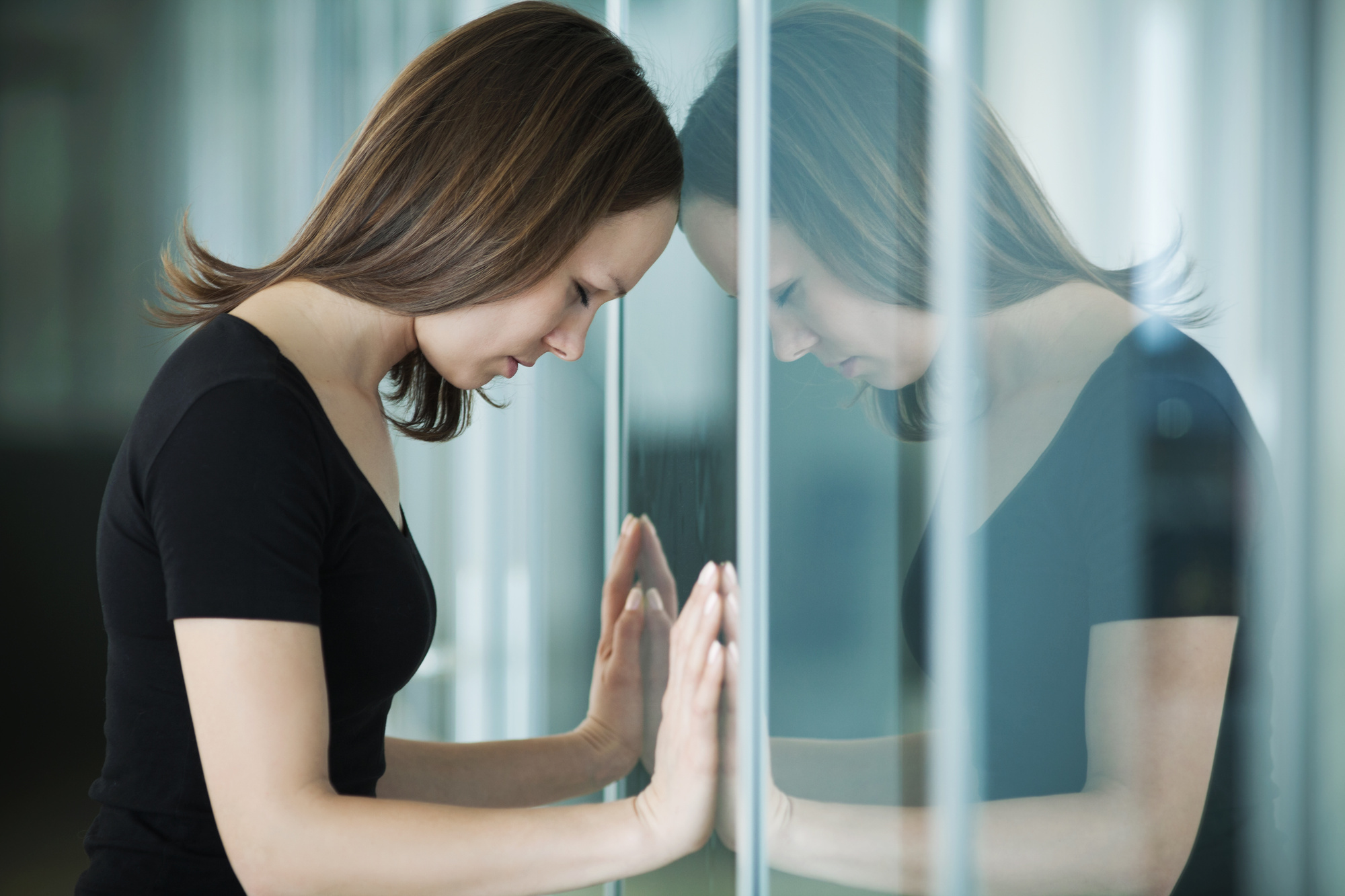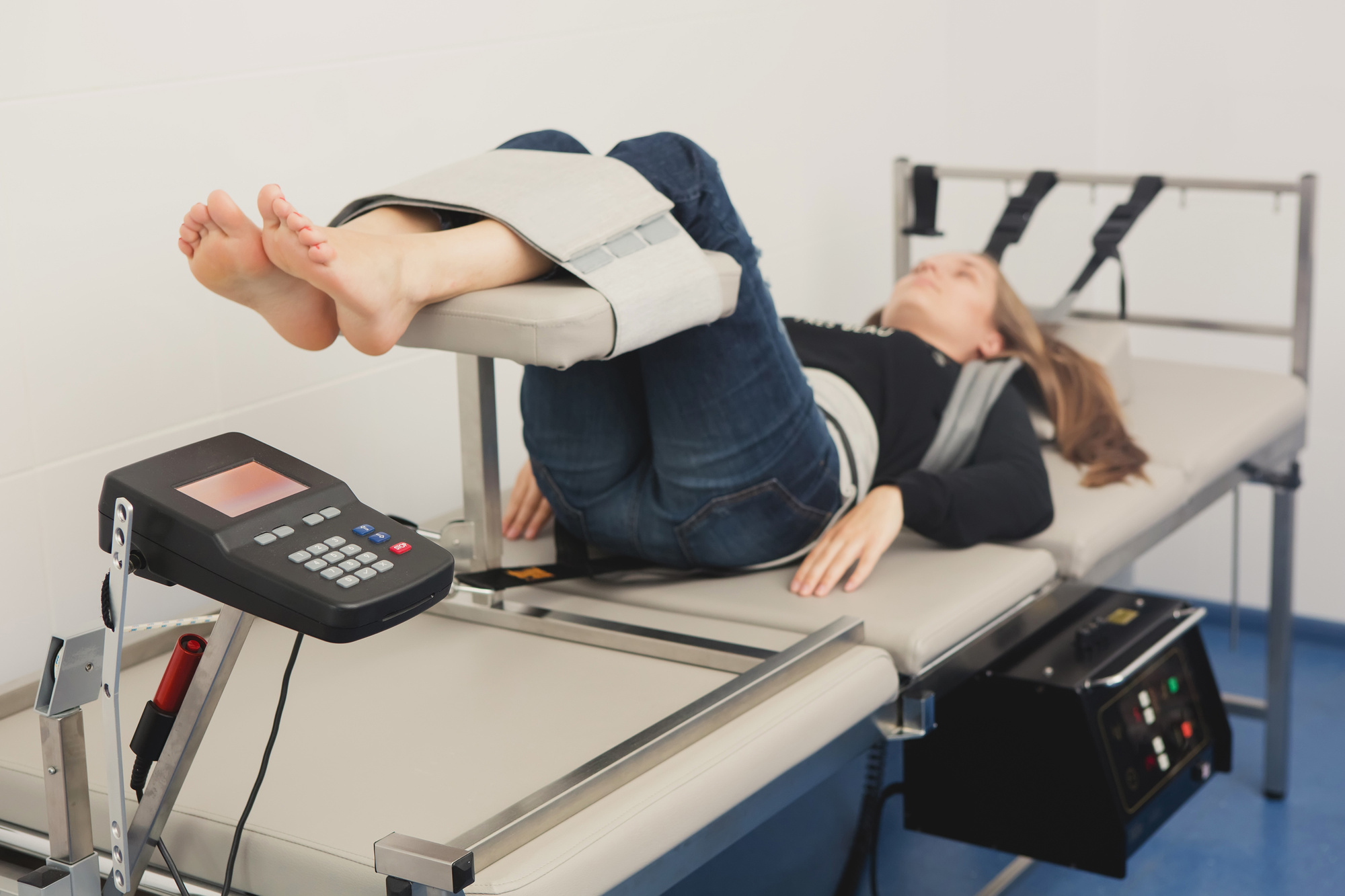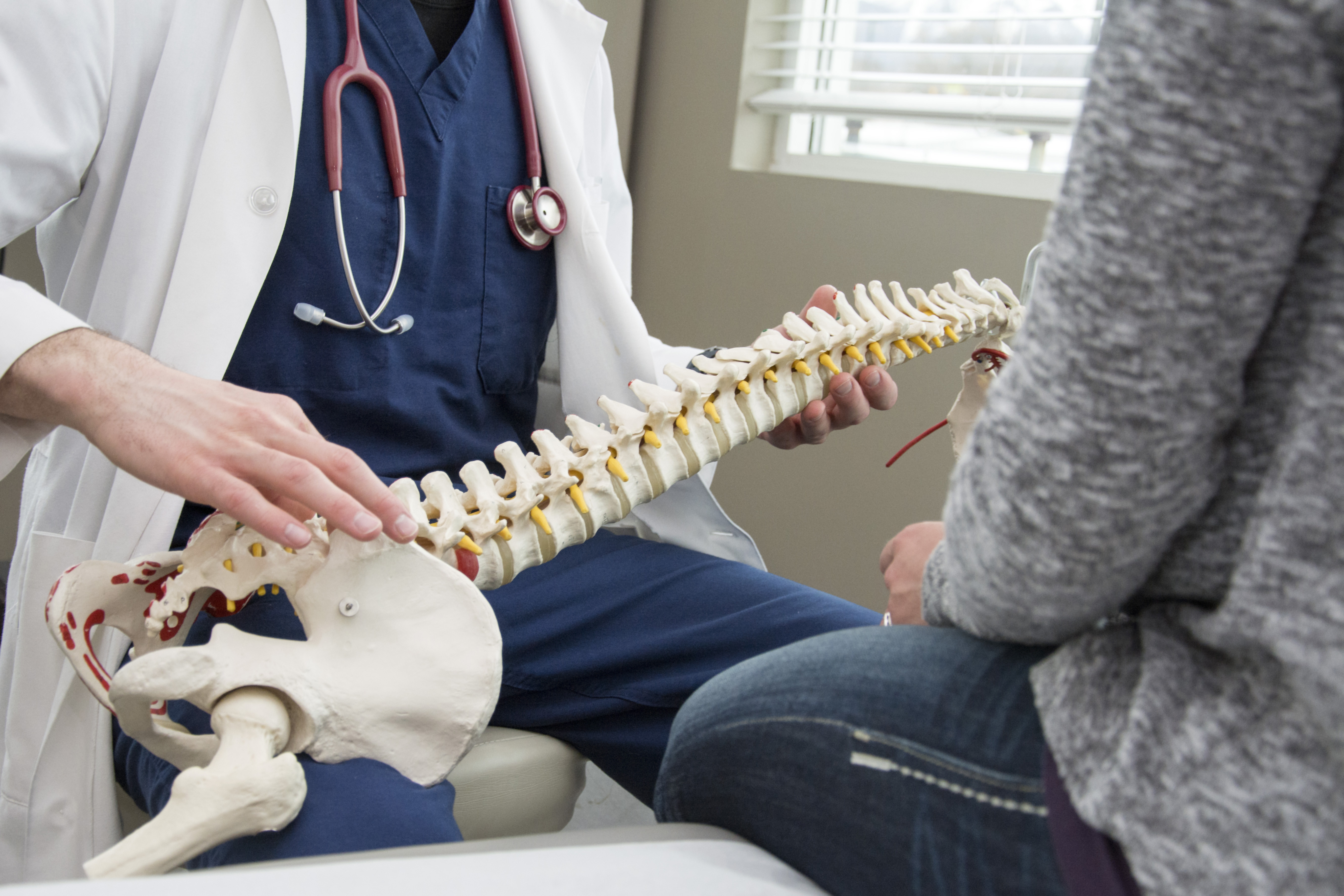Are you at a point where you have considered scoliosis surgery as your only option for treatment? Well, you are not alone. According to statistics, 38,000 of about 6 million scoliosis patients usually end up in the hands of a surgeon.
Scoliosis surgery is usually a big deal, the more reason why very few people are advised to take that path. However, for the few who do, the surgical procedure has been proven to be successful with a success rate of 70%.
To help you with the process of recovery, we have compiled some of the most important things you should expect in the journey to full recovery. So read on to find out.
First, a Brief Walk Through Scoliosis Surgery
Scoliosis surgery is a treatment option provided to scoliosis patients who other forms of treatment such as bracing and observation have not worked for them.
Usually, before the patient goes through surgery, he/she is taken through a series of examinations by the medical doctor.
After investigations have been successfully completed, the surgery is done where the vertebrae are fused through a bone graft using metal rods and wires.
Most patients think that the fusion happens during surgery but rather, surgery provides the framework on which the fusion will take place. This fusion process usually takes approximately 6-12 months.
For this reason, scoliosis surgery patients are usually in need of utmost post-surgery care, so as to ensure full recovery from the surgery.
The Recovery Process
The First Few Days in Hospital
On average, patients spend four to seven days in the hospital after scoliosis surgery.
After surgery, you will wake up lying on your back. The doctor will then ask you questions such as whether you can move your legs and wiggle your toes. He/she asks these questions so as to assess whether there was any spinal damage during the operation.
Most patients start moving around a day or two after the scoliosis surgery. However, in a few cases, the patient can be considerably immobile for three to four days. This, however, largely depends on the age of the patient.
Handling Pain
One of the side effects of scoliosis surgery is regular bouts of sharp pain. In the hospital, this is usually handled using narcotics that the patient can intravenously introduce into his/her body whenever there is a pain.
The dosage is controlled via a controller operated by the patient. Simply pressing a button injects the drugs into the bloodstream, reducing the amount of pain.
Techniques for Moving Around
Scoliosis surgery leaves the spine fragile and quite inflexible. This means that you should avoid bending your spine at all cost.
Your physical therapist or nurse will advise you on a technique called “log roll”. This will be useful in the first few days in getting you in and out of bed.
In as much as the spine is fragile and inflexible, occasional movements are very important in the recovery process. This is because these slight movements regain the lost spinal flexibility while strengthening the back in the process.
What to Do, Once You Are at Home
Before you are discharged, your doctor must be satisfied that you can do the following:
1. You can get in and out of bed without help – you must have mastered the log roll technique
2. You must have shown improvement in walking
3. You should be able to eat solid foods
4. The incision wound should not be infected
Once the doctor discharges you, the number one concern now becomes your nutrition.
What You Should Eat
Scoliosis surgery patients are usually advised to eat food that strengthens the bones, since it hastens the bone fusion process at the spine.
Bone broth is the first, most effective meal you can have while recovering from a scoliosis surgery. Bone broth is usually made from boiling animal bones and connective tissues.
This creates soup rich in the amino acids proline and glycine, and minerals such as calcium and magnesium which strengthen bones.
Other foods such as gelatin and organ meat are also nutritious and advised for a patient recovering from surgery.
There is more doctor advice, however, that you need to adhere to in the first few weeks at home.
Things You Should Avoid in the First 14 Days at Home
The general advice from the doctor for the first 14 days at home can be summed up as no BLT. This means that the patient should not bend, lift or twist.
By restricting bending and twisting, the doctor only allows the patient to bend the hips and knees. The patient should not especially twist the back. This is where the “log rolling” technique comes in handy.
Touching on weights, a patient recovering from scoliosis surgery should not lift weights above 8 pounds. This is basically a gallon of milk.
So, why all these restrictions?
Breaking any of these rules can lead to an unstable fusion and healing of the spine, which may call for a correction scoliosis surgery.
From the Second Week and Beyond
When you are at home, you will still be using narcotics to reduce the severe bouts of pain that may come frequently. However, there is a need for balance.
Your doctor will advise you to use narcotics only when the pain is severe and you need some relief so as to concentrate on some other tasks. But once you get into the second week, much of this severe pain would have gone away.
The best advice at this point is to break away from narcotics and use weaker medication such as Acetaminophen.
Why should you relieve yourself from the use of narcotics?
Excessive use of narcotics by a scoliosis surgery patient can lead to addiction and other health complications.
Apart from the shift from narcotics, the second week and beyond comes with lesser restrictions. After the first follow-up appointment, which is usually done in the second week, the surgeon may permit you to go back to school or work, ride in a car or go out with friends.
From the sixth week, the doctor lifts most restrictions. This is after he conducts another assessment of the spine and the fusion process. However, some activities may be permitted later depending on the patient’s recovery from scoliosis surgery.
Full Recovery
Full recovery comes within a year for most patients. Sometimes, however, it may extend to two years. Once the patient has fully recovered, he/she can resume all activities he/she was used to.
Factors That Can Inhibit Recovery
If you want to fully recover from scoliosis surgery, then you should avoid smoking among other unhealthy habits. Smoking, for instance, inhibits the fusion process since nicotine is a bone toxin.
Wrapping Up
Scoliosis surgery can be a pleasing experience if you take the right steps during the recovery process. But before you face the knife, please consult a professional surgeon, and get the right advice.


